Computer Graphics
By: James R. Grey Jr., Engineering Technician (EDT)
Computer Graphics
Computer graphics are visual communication tools to aid an audience in visualizing data that is being presented. The purpose of computer graphics is to capture the attention of the audience. At the same time, the graphics present the data in a clear and interesting manner, compared to text or oral communication alone. Presenting data along with the addition of computer graphics helps an audience retain more of the data being offered. Computer graphics are used to create simple graphs, diagrams, charts, photographs (photo editing), 3D models, engineering drawings, and 3D animations. Several examples are included below.
Graph
The graph below compares temperature profiles in the wall of a blast furnace blowpipe under various circumstances.
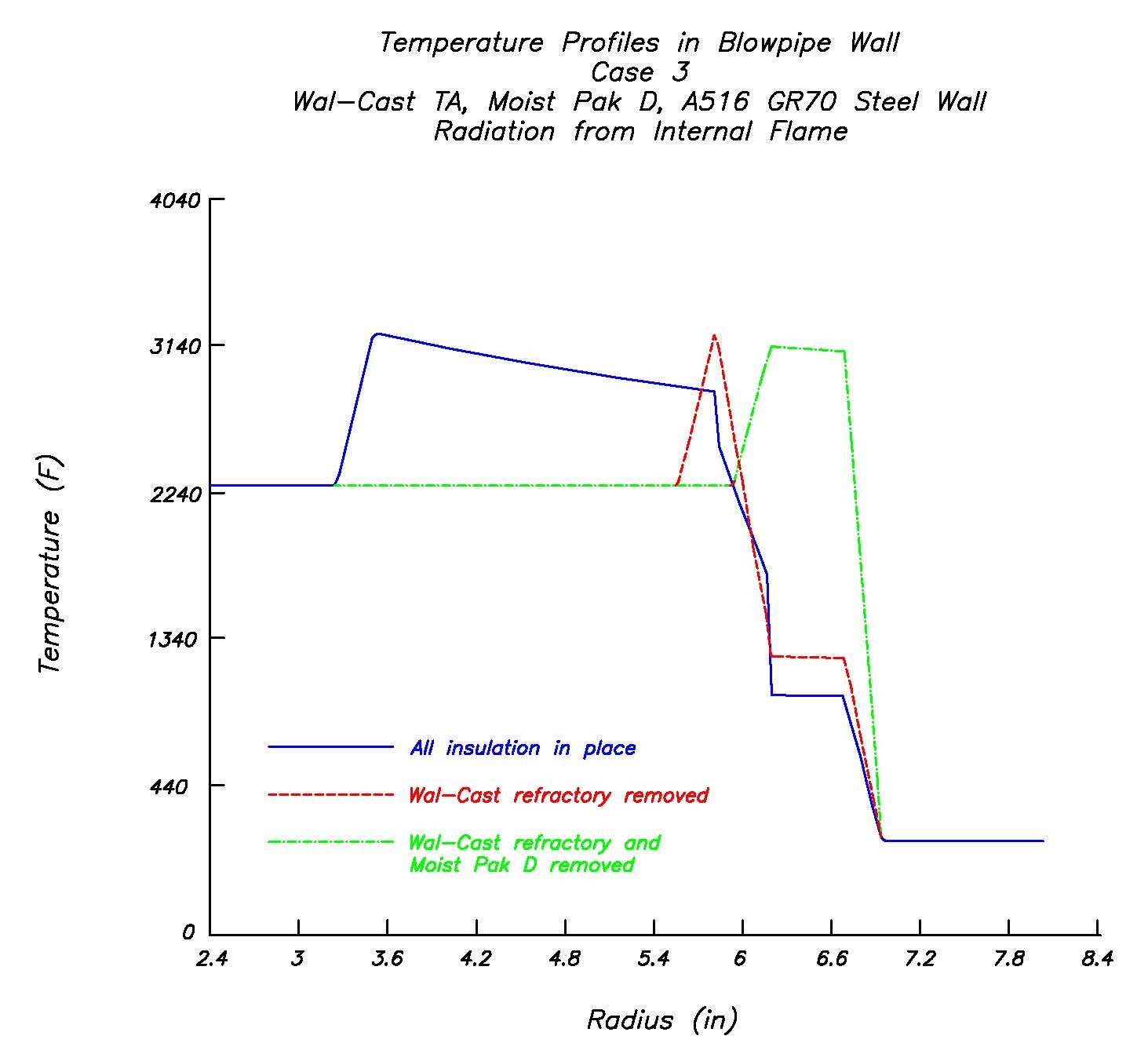
Diagram
The diagram below illustrates the internal components of a DC (direct current) contactor.
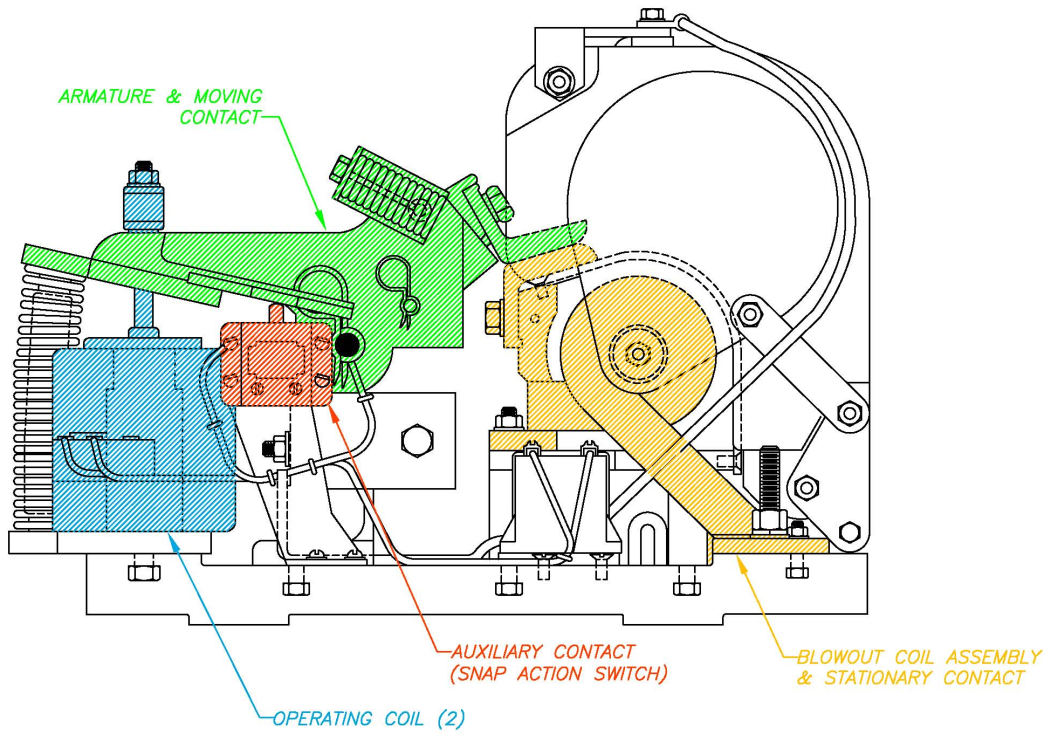
Chart
The chart below illustrates how a truck driver’s recorded log time differs from the actual log time recorded by the Engine Control Module (ECM).
Photographs (Photo Editing)
The photographs below illustrate the use of photo editing tools to clearly differentiate between the multiple cranes involved in an accident.
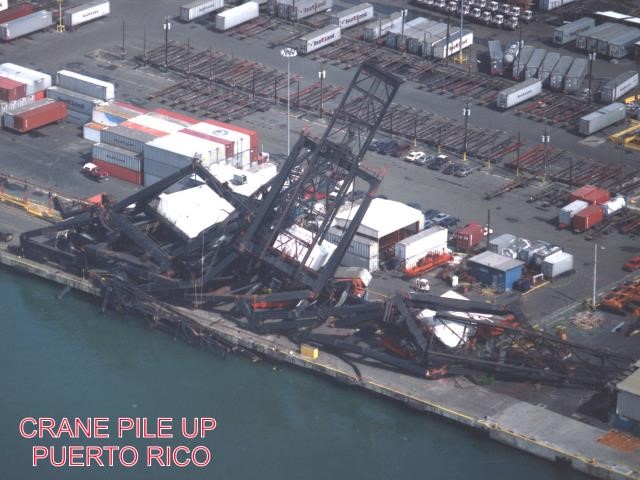
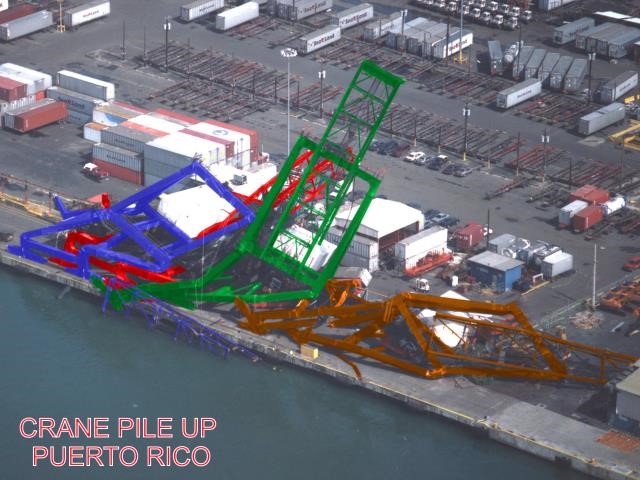
3D Model
The 3D model below illustrates the working components of an electric motor stator winding connection.
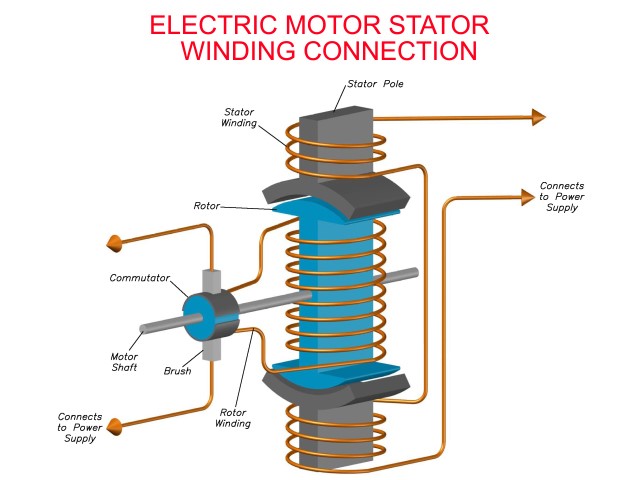
Engineering Drawings
The engineering drawing below illustrates and visually amplifies the parts and assembly of a logging truck cab guard.
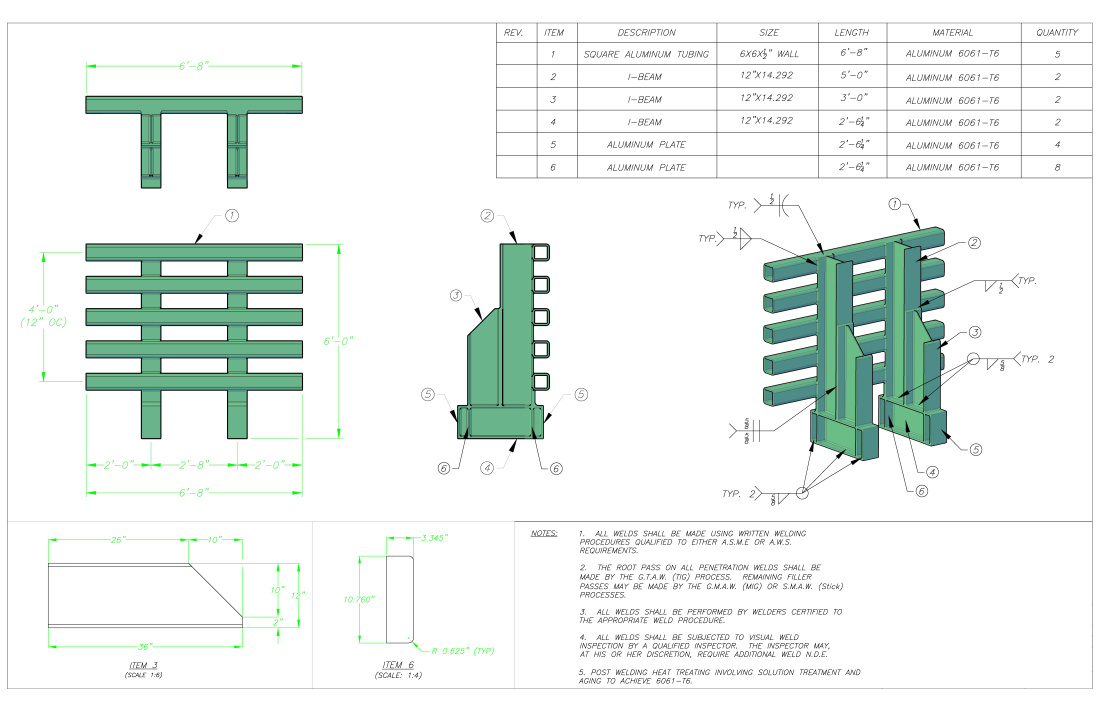
3D Animation
Another form of graphics used to present data is 3D animation. Its purpose is to use full motion graphics to recreate an event in real time based on information available. 3D animation provides the ability to view an event from multiple angles and the ability to adjust the speed of the event (real-time or slow motion). Pedestrian and automobile accidents, demonstrating how mechanical and electrical components operate and their failures, and the collapse of structural frames are just a few examples that can be recreated through the use of 3D animation. The example below is a video animation recreating the failure of an electric gate that ultimately pinned a pedestrian behind the control box.
Advantages of Computer Graphics
- Provides one of the best opportunities to present data in a simple, clear and interesting way.
- It makes understanding and explaining complicated systems, parts, and events much easier.
- Presenting data along with the addition of computer graphics helps an audience retain more of the data being offered.
- They say a picture is worth a thousand words!

